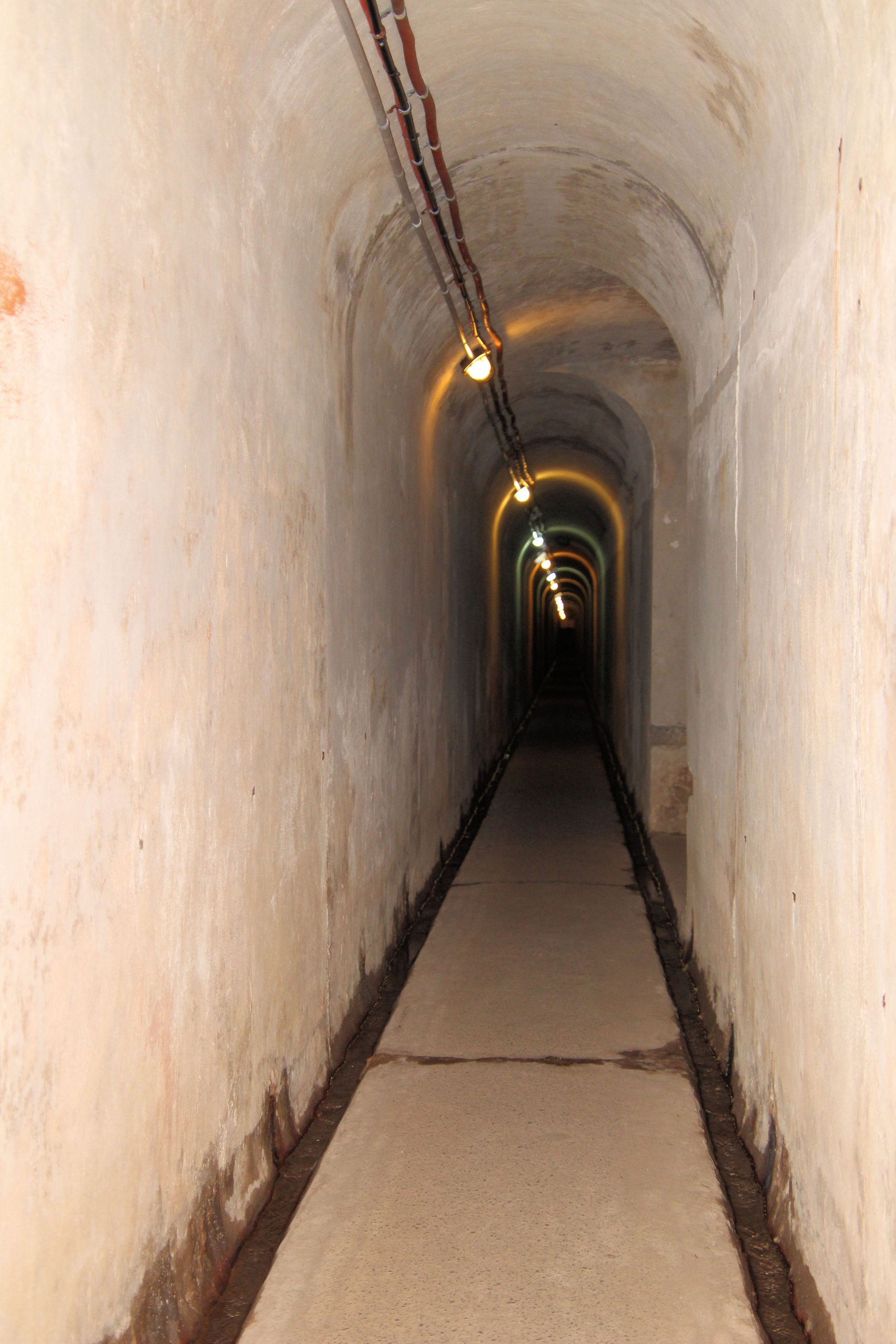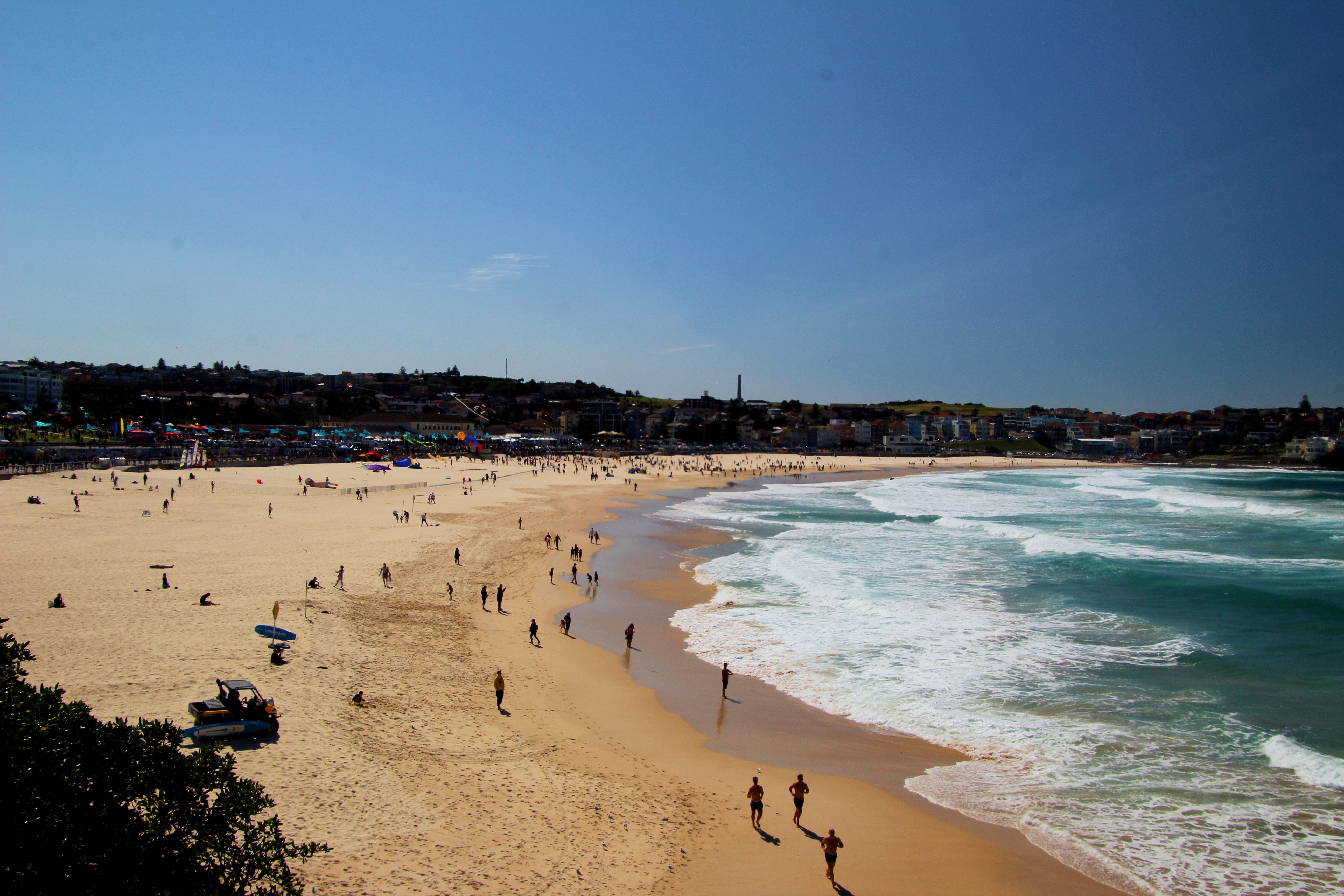Category: Activity
-
North Head Sanctuary and Tunnels

North Head Operated by Sydney Harbour Trust, North Head is an ex-army heritage listed site. Staffed by volunteers, the Visitor Centre is an ideal point to start your exploration of the area as they can provide you with an overview of what’s available. Our visit on a Sunday corresponded to the day that a guided… Read more
-
Our Town Model Show Newcastle 2019

Our Town Model Show An annual event held at the Newcastle Jockey Club, Our Town Model Show caters for a wide range of hobbies from model trains and planes to doll houses and boats. Anyone interested in models making or collecting will enjoy this event, because everyone who attends is passionate about their hobby. Model… Read more
-
Bondi to Bronte Coastal Walk

Bondi to Bronte Coastal Walk The Bondi to Bronte Coastal Walk winds its way along Sydney’s coastal cliffs between these two famous beaches. Getting There As the walk ends over 5 km from the start, we used public transport to simplify things. From Central Station we caught the 339 bus to Clovelly (getting off at Clovelly… Read more